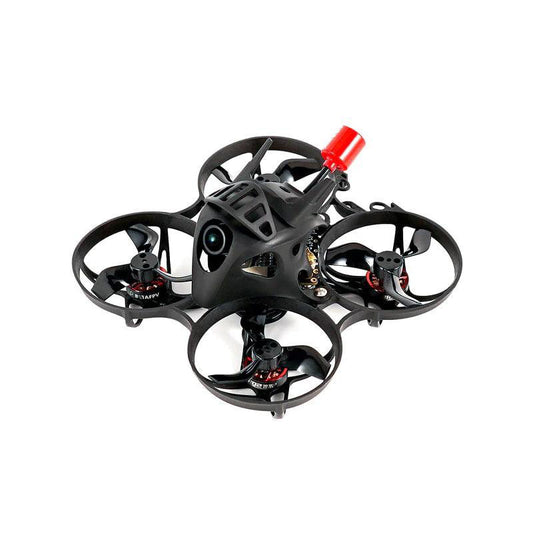Collection: ELRS - ExpressLRS
ELRS, or ExpressLRS, is an open-source radio control protocol specifically designed for FPV drones. It offers several advantages that make it a compelling option for drone enthusiasts. In this article, we will explore the key benefits of ELRS, compare it to other radio control options, and provide an overview of what you need to get started with it.
ELRS is available in two main frequency ranges: 915 MHz (868 MHz in some areas) and 2.4 GHz. The 915 MHz version provides longer range but requires larger antennas, while the 2.4 GHz version offers slightly less range but allows for smaller antennas. The 2.4 GHz variant is more commonly used and offers sufficient performance for most FPV drone applications.
ELRS offers several advantages for FPV drones. It excels in long-range performance, with a tested range of at least 40 km (nearly 25 miles). Additionally, ELRS boasts low latency, reducing the delay between stick movements and drone response. The receivers are compact and lightweight, simplifying installation and improving flight performance. Firmware updates are easy and can be done via WiFi or USB, ensuring compatibility with new features and bug fixes. Moreover, ELRS is cost-effective, with transmitters and receivers available at lower prices compared to other options.
When comparing ELRS to other control links, such as FrSky and Crossfire, ELRS surpasses FrSky in terms of range, obstacle penetration, and ease of firmware updates. ELRS receivers can be bound easily using a passphrase, while FrSky receivers require more complex procedures. ELRS is a more affordable and versatile choice, and transitioning from FrSky to ELRS can be done gradually by using an ELRS transmitter module with your existing radio.
Crossfire, on the other hand, shares many benefits with ELRS but comes with a higher price tag. Crossfire modules and receivers are more expensive, making ELRS a more cost-effective option for a fleet of drones. Crossfire's larger antennas may pose installation challenges on smaller drones, whereas ELRS antennas are compact and easy to mount.
To use ELRS, you will need a transmitter and receiver. For transmitters, you can either choose a radio with built-in ELRS or use an external module compatible with your existing radio. Several options are available from different manufacturers. As for receivers, you can opt for integrated antenna receivers for smaller drones, external antenna receivers for extended range and flexibility, or PWM receivers for non-flight controller setups.
Setting up ELRS involves soldering the receiver to your drone and configuring the radio and receiver. While a written guide is not provided in this article, there is a video tutorial available for detailed setup instructions.
Remember to refer to the ExpressLRS website and relevant sources for the latest information on ELRS.



